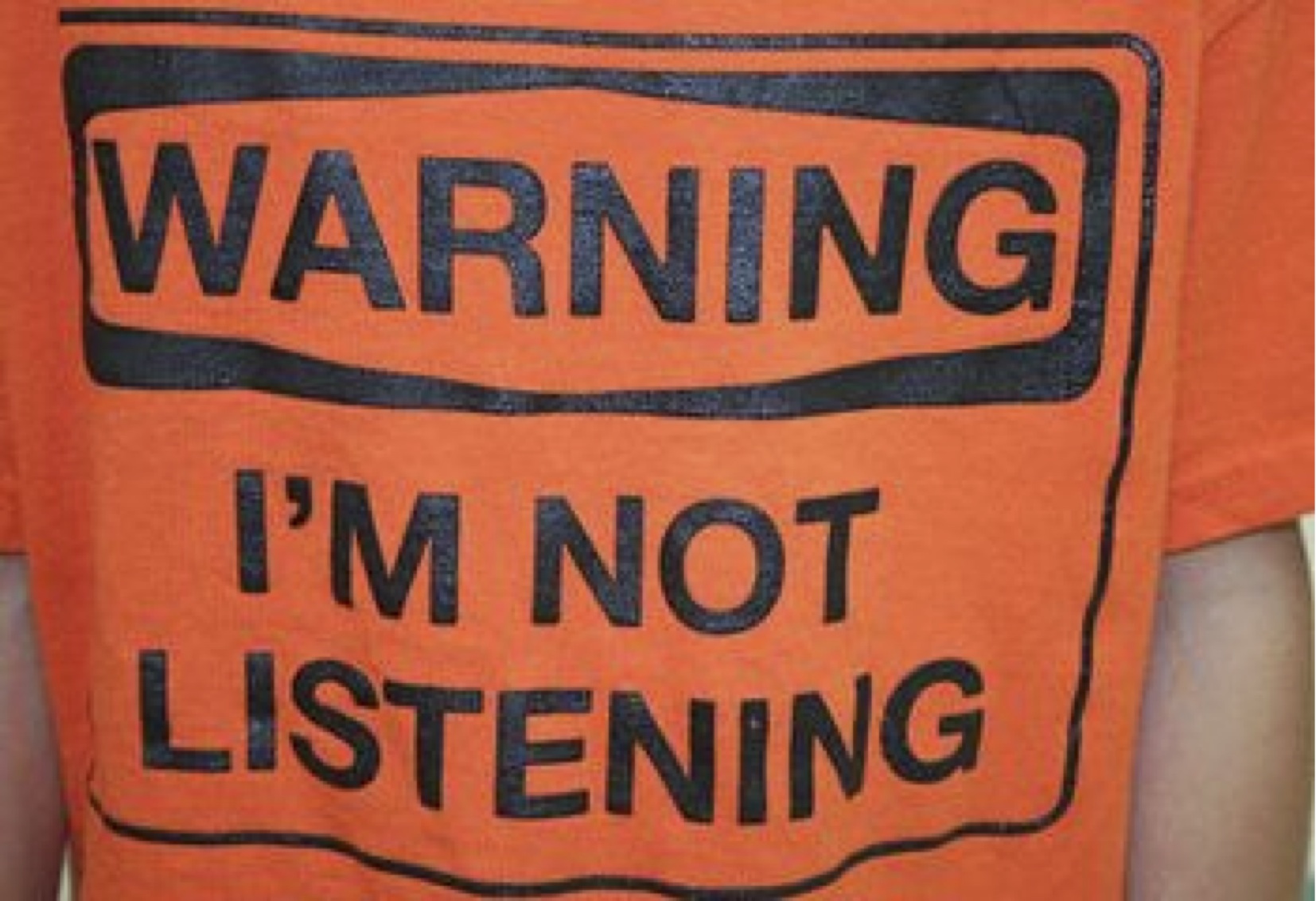It's something I've never really considered before, but recently I've been pondering on whether or not to automatically reply to my new followers on twitter (so called Auto DMs).
You know the thing - you follow a subject matter expert and within minutes you get a bot-driven response back such as "Thanks for following" or "Check out my fantastic site" or "Hey, follow me on Facebook too!"
The problem is, this is all very self serving and self indulgent. And as a follower myself I'm not sure it really adds much value. Working with leading consumer brands, this is similar to the Welcome/Onboarding challenge many businesses have in trying to build an emotional connection with their consumers. This is difficult to achieve at scale, and most businesses resort to automation as a way to manage the volumes. But whether you're a business or an individual, we're all trying to sell/market our services in a way that helps us stand out from the crowd and build a better connection with our audiences.
Back to me (sorry for being selfish), I really enjoy connecting with fellow marketers around the world and sharing thoughts and ideas. Auto DMs in the way most people use them, however, go against this. They're impersonal (bad), self promoting (badder) and have little thought put in to them (baddest). And above all, they're counter to the fundamental principles of social media - to share interesting stuff and to enter into a conversation.
That's why recently I came upon a great idea. Why not think a bit differently about Auto DMs, step away from the "about me" and step nearer the "about my community".
That's why I've started to Auto DM new followers with a simple message that encapsulates gratitude for following along with a desire to share. It is this:
- "Thanks for following me! If you're into B2B marketing I can also recommend AAAA, BBBB, CCCC"
No promoting my blog (you can find that easily enough). No sales pitch on me or my company. Just a note of thanks and some suggestions on people I rate as a way for you to get a better understanding of who I am.
In fact I've gone a stage further, using SocialOomph I rotate this message randomly to allow me to share even more great people. I have 4 messages now:
- "Thanks for following me! If you're into B2B marketing I can also recommend AAAA, BBBB, CCCC"
- "Thanks for following me! If you're into B2B content marketing I can also recommend DDDD, EEEE, FFFF"
- "Thanks for following me! I can also recommend you follow these smart marketers GGGG, HHHH, IIIII"
- "Thanks for following me! I can also recommend you follow these Silverpop experts JJJJ, KKKK, LLLL"
Thats 12 people I rate and trust now shared with my new followers. Ultimately I think this is a smarter use of Auto DM as it leverages automation, is way more positive and delivers much more value to both sides of the equation (in the business world we'd call that "delivering a better customer experience").
And the great news? It's working. Here's some of the feedback (keep it coming) I've got back in just the last week:
- "thanks for the follow recos - great thought leadership in the bunch"
- "thanks for the recommendation! Just added them and look forward to learning more on the subject!"
- "thanks for the recommendations on #thoughtleadership and #B2Bcontentmarketing. I will check them out."
- "That's a nice auto follow reply."
- "Great tips. Cheers."
- "Thanks for the follow suggestions!"
- "Thanks I have connected to all. Best"
So why not give it a try yourself? After all, just like the real world, aren't we defined ourselves by the friends we have?
















